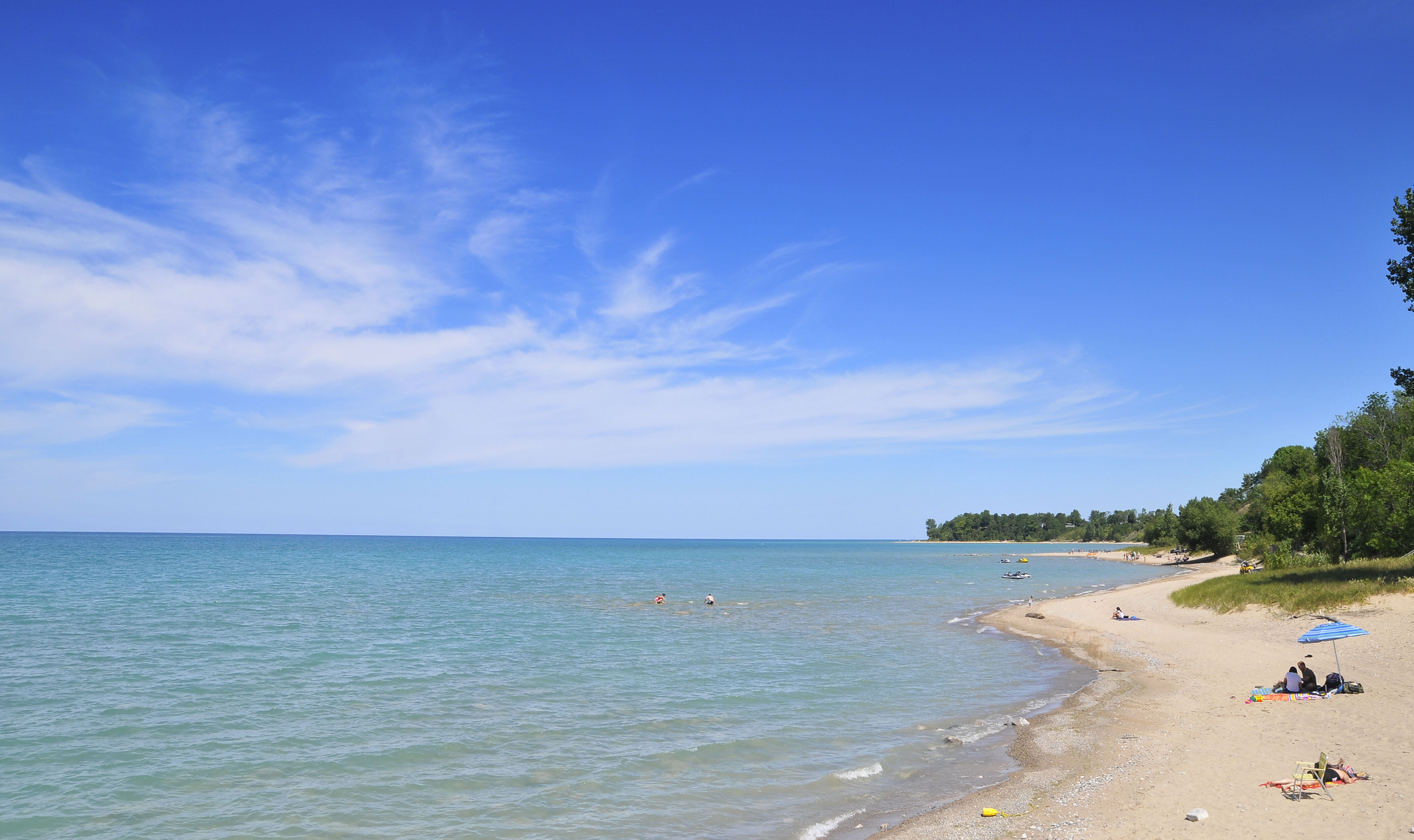Nearshore Monitoring
What is the Nearshore?
The nearshore is a dynamic area that stretches from the beach through the shallow water. It is an area where people and nature intersect regularly.
We rely on the ecological, economic and social benefits of the nearshore area every day. These benefits include fishing, swimming and other recreational activities; commercial activities like tourism, power generation, shipping ports and fisheries; and serving as a source of drinking water. The nearshore is also home to a wide variety of plants, fish and animals.
What is the Nearshore Monitoring Protocol?
We monitor the nearshore environment to ensure the health and integrity of this important ecosystem. While monitoring has taken place across the province for years, there has not been a standard approach to how data is collected. The Nearshore Monitoring Protocol is a decision-making framework that guides users through selecting what data to monitor and how to collect that data using standard methods.
What does this mean for our lakes?
Data from monitoring the nearshore will give government leaders, researchers and others a better understanding of this dynamic ecosystem, allowing them to make informed decisions on land use, public health (water quality) and other policies that affect the health of our lakes.

